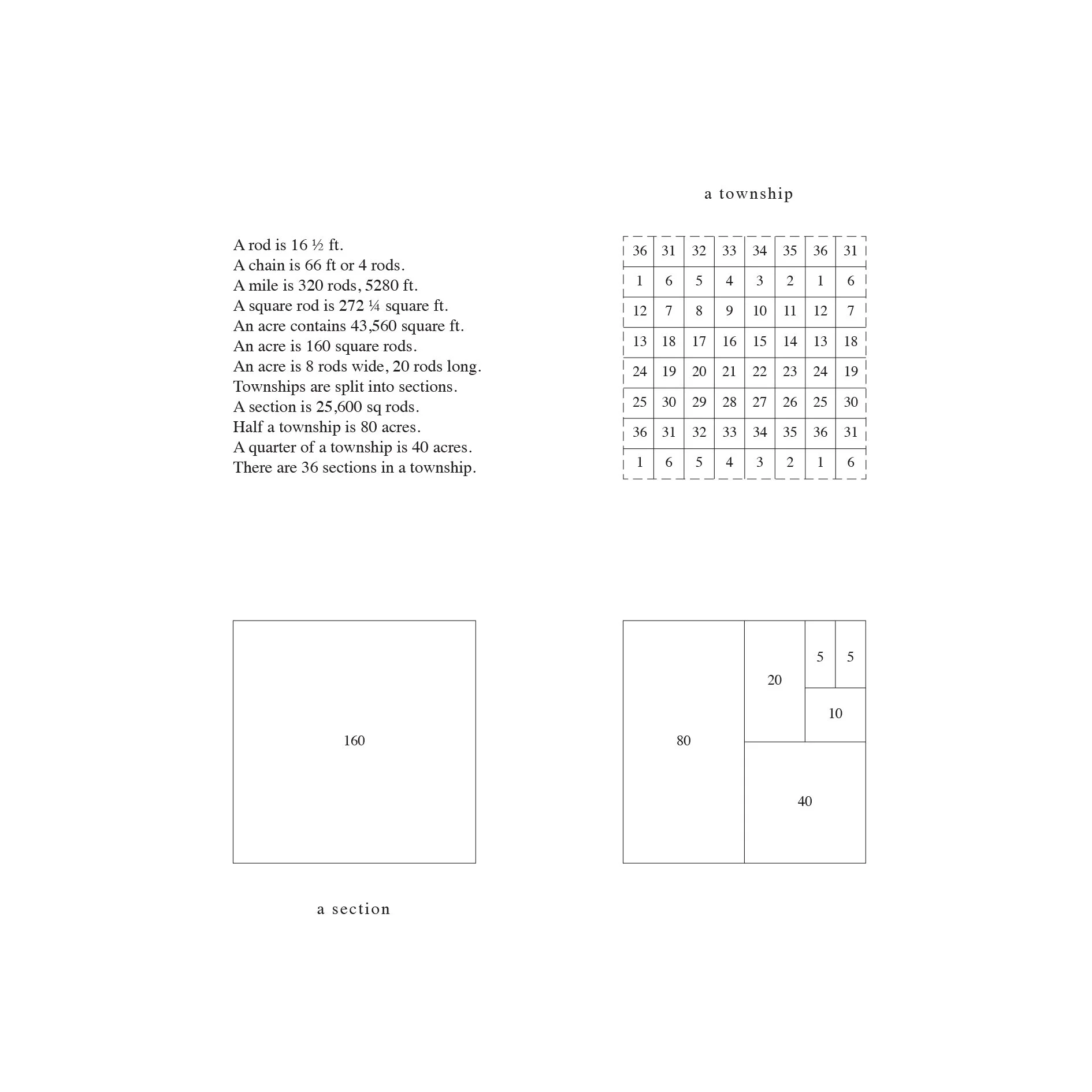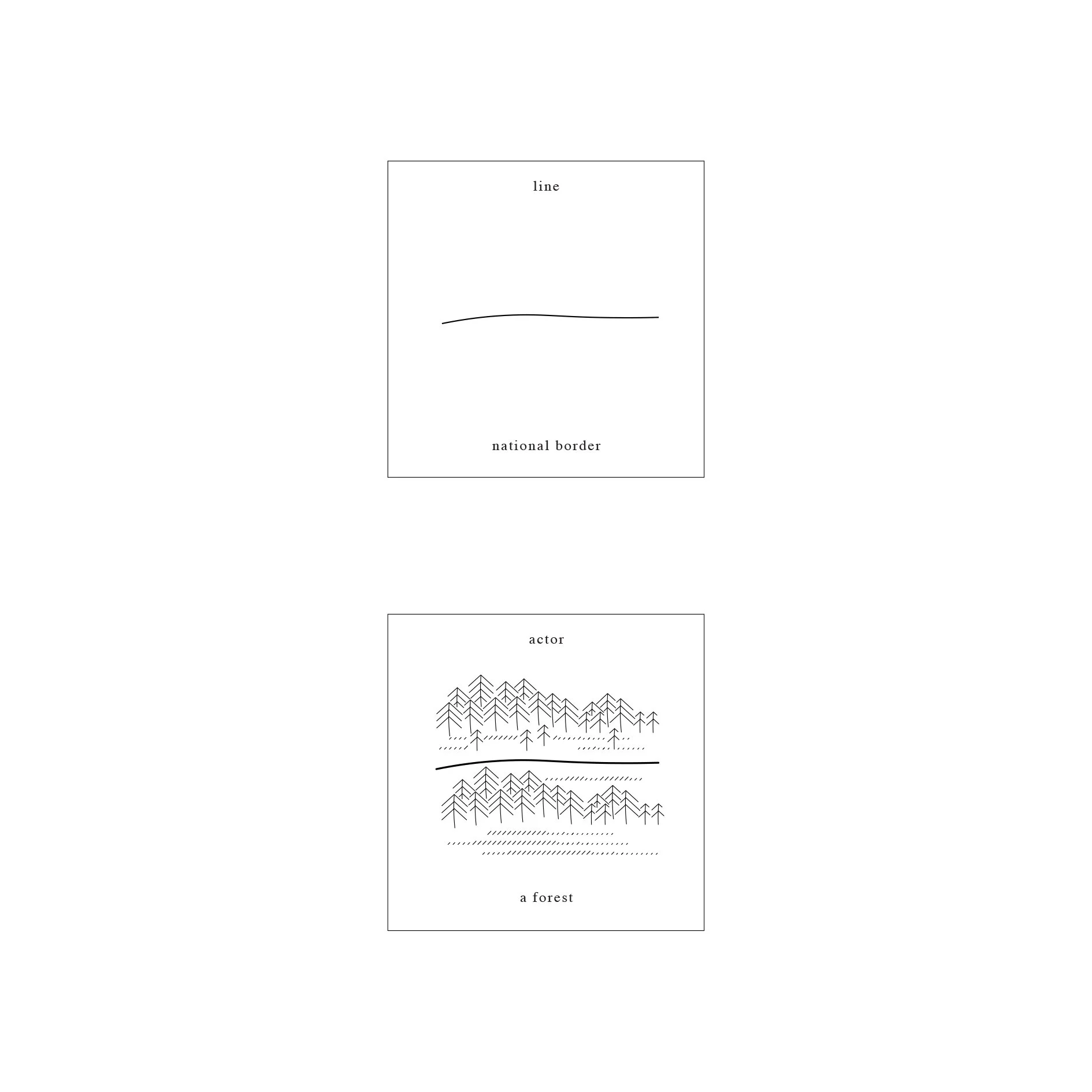GRID MENTALITY
“The theoretical potential of this study was never in doubt, but where this narrative convinces is in its depiction of the grid in action - in the observation of its everyday experience and in the ability to transform these acute observations into text and image” - Naomi House (Royal College of Art).
‘Grid Mentality’ is an exploration into the psyche behind the American Grid and seeks to assess the impact of this method of planning on the built environment as well as contemplating it’s by-products, the method of control, cultural nuances and psychological mannerisms it can cultivate.
Exploring the theoretical, metaphorical and spatial properties of the grid, the thesis interweaves academic writing, fictional narrative and visual content to reveal it as both ‘an urban strategy and cultural tool’ (p.12). Moving between the macro and the micro, the text situates the grid as a machine that expands into small crevices of American life. This machine analogy is tested through a close examination of Manhattan - the grid in microcosm. which it is argued is defined by both the ‘line’ and the ‘block’, each performing the intersections through the x and y axis of the Cartesian grid. The text seeks to recognise the unseen topography of these axis and the apparent antithesis of this extreme urbanity, contemplating the utopian ideal of American suburbia as yet another version of ‘grid’ mentality.
The dissertation adopts a range of methodologies in order to analyse both the theory and spatial qualities behind the grid. It challenges what a grid is through the application of three critical research principles : subjective consciousness, cartographic analysis and architectural narrative. These research principles are broken into three methodologies : critical writing, fictional short stories based on the primary research undertaken in the case study of Manhattan and a visual essay in the form of a photographical archive. This method was adopted in order to engage opinion as well as fact on a widely discussed topic.
In concluding the thesis, the notion of the grid as a physical entity is challenged. It is argues that the essence behind the historical context of its implementation as well as the effects on cultural nuances have extended grid planning into a way of life and that the grid is far more convincing as an idea than as a fact.
‘Grid Mentality’ received a Distinction and was long-listed for the RIBA dissertation Silver Medal as 1 of 3 nominations from the Royal College of Art.




























